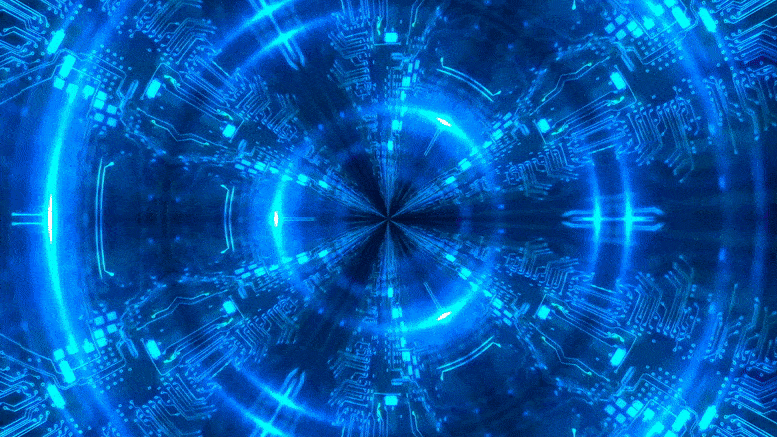How to Catch a Perfect Wave: Scientists Take a Closer Look Inside the Perfect Fluid
Berkeley Lab research brings us closer to understanding how our universe began.
Scientists have reported new clues to solving a cosmic conundrum: How the quark-gluon plasma.
Plasma is one of the four fundamental states of matter, along with solid, liquid, and gas. It is an ionized gas consisting of positive ions and free electrons. It was first described by chemist Irving Langmuir in the 1920s.






